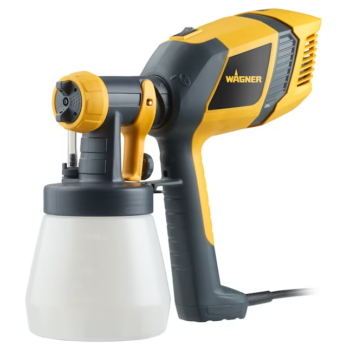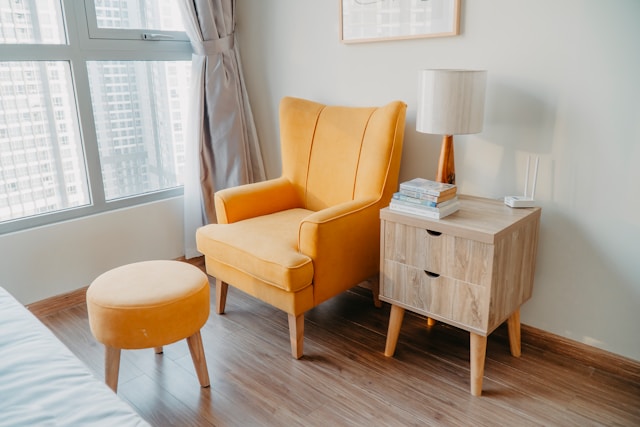Mastering DIY Painting: Essential Tools and Tips

Are you ready to embark on a DIY painting project but unsure where to begin? Look no further! In this blog post, we will explore the world of DIY painting tools, the key essentials you need to create stunning and professional-looking results. Whether you’re a seasoned DIY enthusiast or just starting, having the right tools at your disposal can make all the difference in achieving a flawless finish. So, let’s dive in and discover the must-have tools for your next painting venture.
Paint Brushes
Paint brushes are the workhorses of any painting project. They come in various sizes and materials, each serving a specific purpose. Synthetic brushes work best with water-based paints, while natural bristle brushes are ideal for oil-based paints. For broad surfaces, opt for larger brushes, while smaller brushes are great for intricate details. Investing in a high-quality set of paint brushes will not only give you better control but also ensure a more even application of paint.

Paint Rollers
Paint rollers are fantastic for covering large areas quickly and efficiently. When selecting a paint roller, consider the nap thickness – shorter naps are better suited for smooth surfaces, while longer naps work well on textured walls. A roller tray and extension pole are invaluable accessories that make the painting process more convenient and ergonomic.

Drop Cloths
Don’t let accidental spills ruin your DIY painting experience. Drop cloths are essential for protecting your floors, furniture, and belongings from paint splatters. Canvas or plastic drop cloths are reusable and offer superior protection, while disposable options are convenient for smaller projects.

Painter’s Tape
Achieving crisp and clean paint lines is made possible with painter’s tape. Mask off areas you want to protect, such as baseboards, window frames, or trim, before painting. Delicate surfaces may require low-tack painter’s tape to avoid any damage when removed. Remember to remove the tape shortly after painting, while the paint is still slightly wet, to prevent any peeling.

Sandpaper
Before painting, prepare your surfaces with sandpaper. Sanding helps smooth out imperfections, removes old paint or varnish, and allows for better paint adhesion. Choose the appropriate grit for the job; coarser sandpaper for initial prep work and finer grits for smoothing surfaces before painting.

Paint Trays and Liners
Paint trays provide a convenient platform for dipping your paint roller. Using disposable tray liners not only saves time on cleanup but also ensures you can switch between paint colors without cross-contamination.

Paint Sprayer
For larger projects or an even finish on smooth surfaces, consider using a paint sprayer. These devices evenly distribute paint and can significantly speed up the painting process. However, they require proper setup and can generate overspray, so take necessary precautions and practice beforehand.

Equipped with the right DIY painting tools, you’re ready to transform any space with a fresh coat of paint. Remember to choose high-quality tools that match the needs of your project, as they will enhance both the process and the final result. Whether you’re updating a room, giving new life to furniture, or tackling an exterior makeover, the right painting tools will empower you to achieve a professional and satisfying finish. Happy painting!











